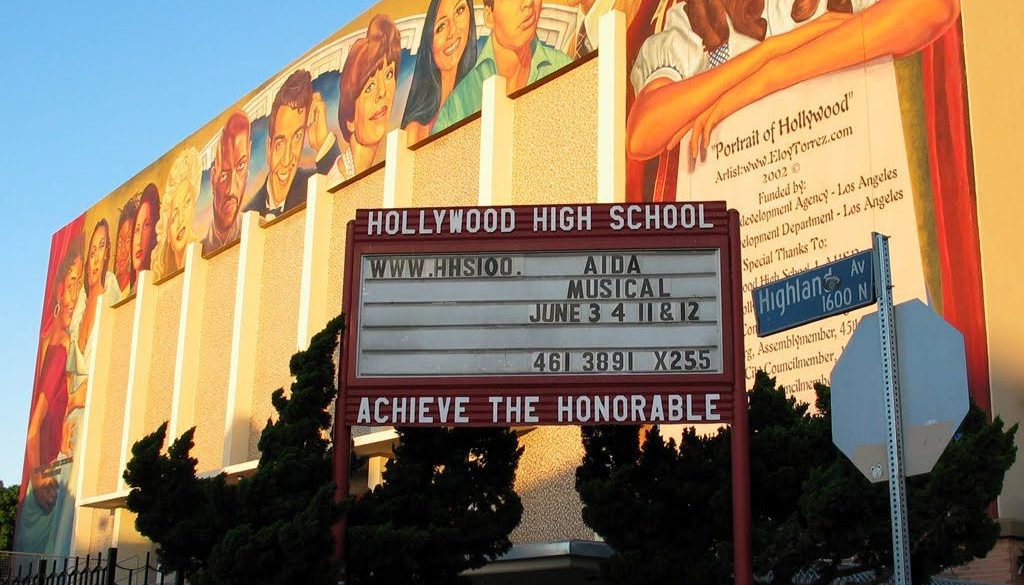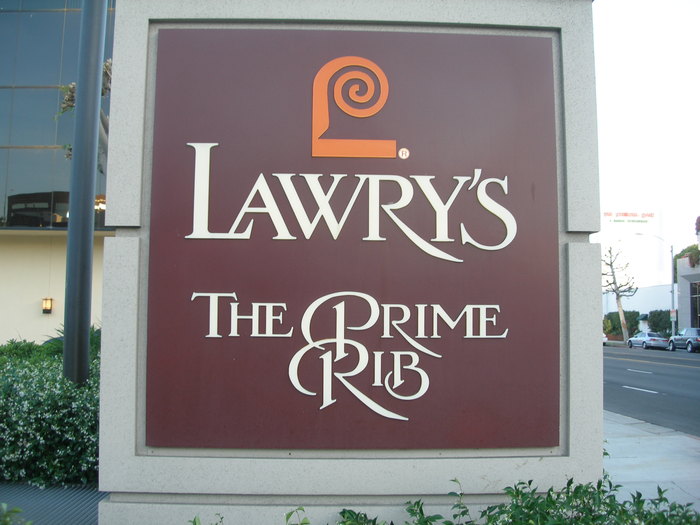I’ve spent a lifetime learning about leadership and what type of leaders produce the best results.

As a result, I was the only student in the Los Angeles Unified School District that was allowed to conduct leadership training workshops for the newly elected Student Body Presidents of the 50 area high schools. All the other instructors were teachers. While I couldn’t get elected to that position though I tried, I discovered I had a talent for developing leaders.
Out of college, I joined a management training program with Lawry’s Restaurants and Foods famous for Lawry’s The Prime Rib. Their 93 years of success at delivering extraordinary service and quality is due to their focus on leadership and a culture that respects their employees. Some truly great leaders there mentored me on my way to becoming a general manager.
Leadership produced 93 years of exceptional employee retention
Over those 93 years, Lawry’s has maintained one of the highest employee retention rates in the restaurant industry which is notorious for high employee turnover. It was not uncommon for them to retain 90% of their employees in a typical year.
I remember my first day as a management trainee where I was introduced to two dishwashers wearing gold watches with Lawry’s logo signifying 25 years of service. Turns out there were four dishwashers working in their various restaurants wearing those watches!
How Lawry’s was able to retain their employees and influence them to consistently deliver their standards is something that can help any organization in any industry or sector. If you can produce these type of results in the restaurant industry, imagine what you can do anywhere else.
Because Lawry’s was my first job out of college, I didn’t have anything else to compare them to. So I thought their way of leadership and standards were the way all companies operated. Through many experiences after leaving Lawry’s, I learned that not every firm operates like they do nor are their management ranks filled with amazing leaders.
While still young, I begin to notice a pattern between someone’s ability to lead and the results their people produced. This awareness grew as I moved up the ranks to finally become a senior operations executive and Chief Marketing Officer for a national restaurant chain.
Awareness about what was behind great service, quality and strategies
Then I launched my consulting and research firm which also involved my speaking at a lot of company and association meetings. In the first few years, I focused on customer service, quality, strategy, marketing and sales or what organizations and people should do to produce results.
It dawned on me that you needed to influence these people to do the things that produced those results. I saw too many executives, owners and managers who couldn’t turn these ideas into something that boosted their results.
During this time, I was also influenced by my volunteer efforts. I became President of my Toastmaster Club. Then I was elected to the Board Of Directors of the Sales and Marketing Executives Association of Los Angeles which at the time had over 600 members.
I also become a volunteer Big Brother and joined their Board of Directors. These experiences created many leadership opportunities for me and helped me to further understand the role of leadership in voluntarily influencing people.
So I began to put more emphasis in my consulting practice on how to implement and execute better through people. Of course, that took me right back to leadership. After observing hundreds of managers, owners and executives in over 32 industries, it become crystal clear that leadership was the final frontier.
Those who were excellent leaders could implement just about any change or improvement and get all their people on board. Their results improved. Their numbers went up. They retained their employees longer. Volunteers got involved and gave it their all.
Those who lacked leadership capacity couldn’t get their people to consistently perform in a way that would boost results much. They also had higher employee turnover and poor alignment between their people and their strategies.
Leadership becomes my prime directive
After over two decades as a consultant and speaker, leadership had become my prime directive and passion. It all comes down to leadership so that’s where I now hang my hat.
In 2012, I collaborated with several leadership experts to write a book, The Character-Based Leader. We didn’t just write a book about the latest thinking on what makes one an effective leader. We wrote and edited the book by applying the very concepts we talked about.
This inspired me to conduct my own studies on leadership and do an exhaustive review of all the research I could find on leadership, teamwork, culture, employee engagement, employee retention, alignment and leadership development. I have continued this research effort right up to today.
I’m often surprised by how much more resources and effort companies put into their products, services, strategies and marketing as compared to improving the leadership capacity of all their people. Their efforts are based on the direct connection they see between improving those areas and the financial results they produce.
To them, leadership doesn’t have that direct link though they realize it contributes to the end results somehow. Yet, all those strategies require a lot of people to implement them. It’s people that deliver service, produce quality, satisfy customers, generate sales, create marketing campaigns, and control cost.
The truth is far different. I say this based on decades of experience in leadership, observing people in positions that called on them to lead, and what research now clearly tells us. In most companies, you can actually boost customer satisfaction, sales, and profits more by raising the leadership effectiveness of everyone with a management title than coming up with better strategies and marketing efforts. It turns out that leadership has a very direct and long lasting impact on the numbers.
Speaker on leadership and leadership development
So now I speak everywhere I can about how leadership can boost results, what type of leaders can do that and how to develop those leaders. Of course, I also help organizations to implement these improvements and get all their people aligned with their strategies so they can execute them better.
Everyone with 
So every day I wake up looking for ways to influence organizations to make leadership development their top priority and inspire individuals to develop their capacity as a leader. This is the never ending story of my life.



